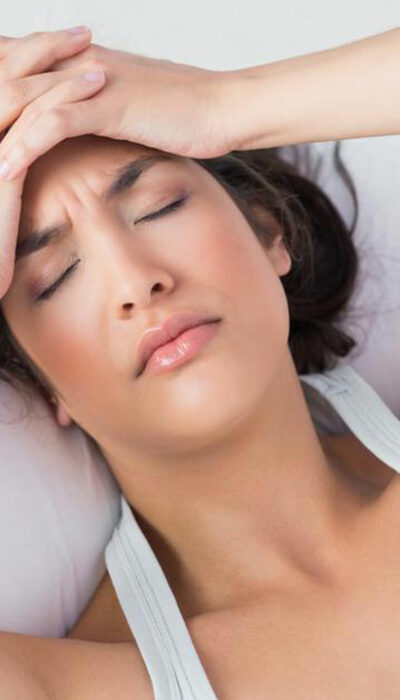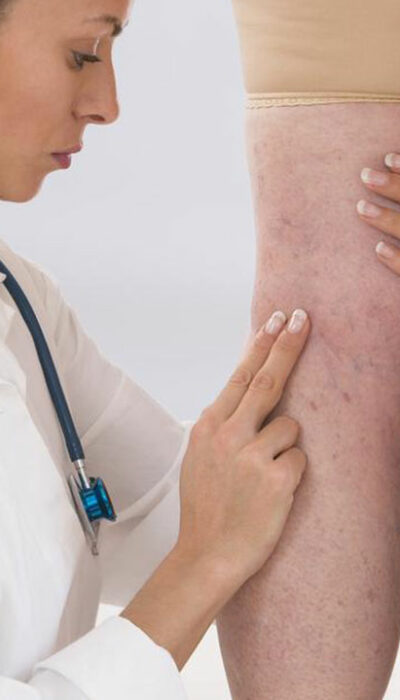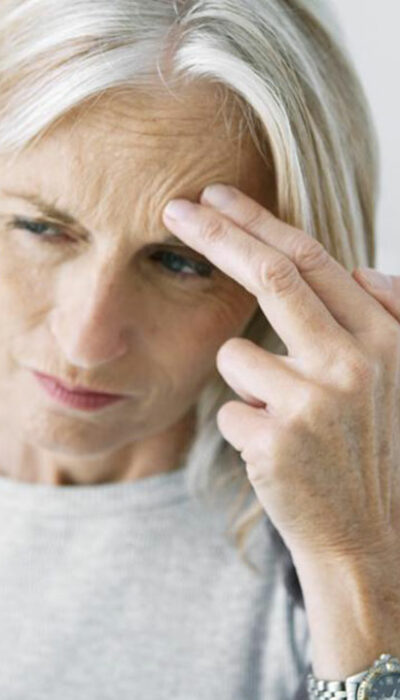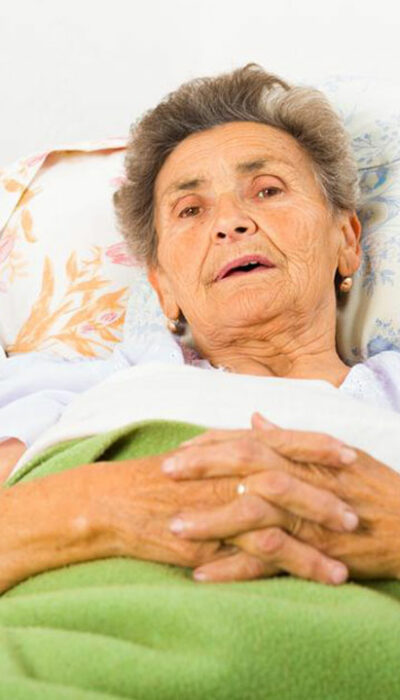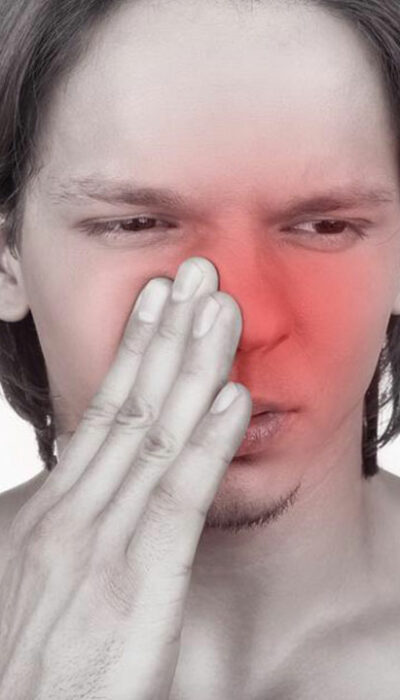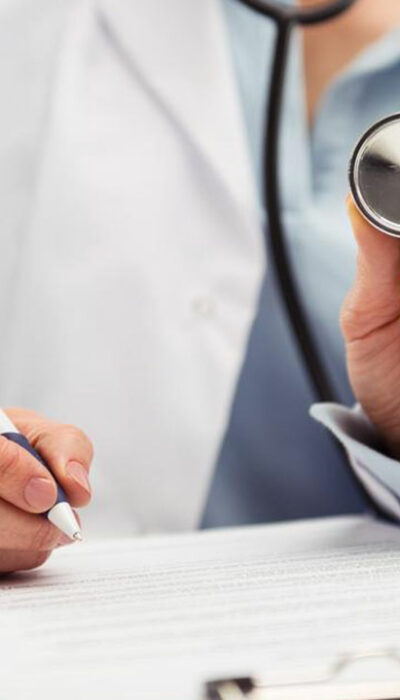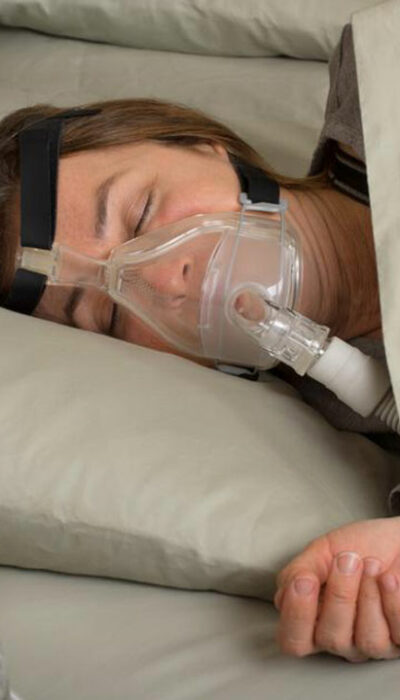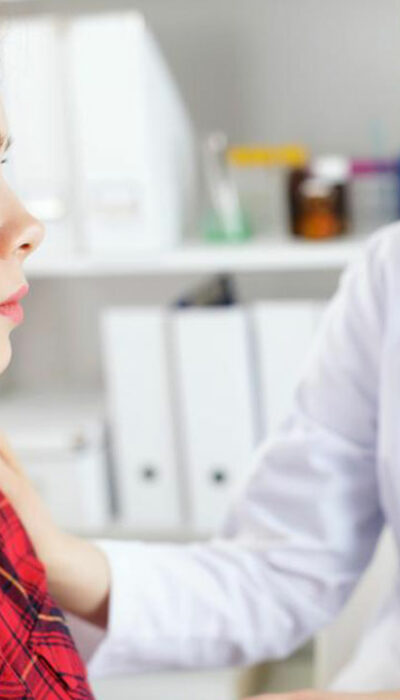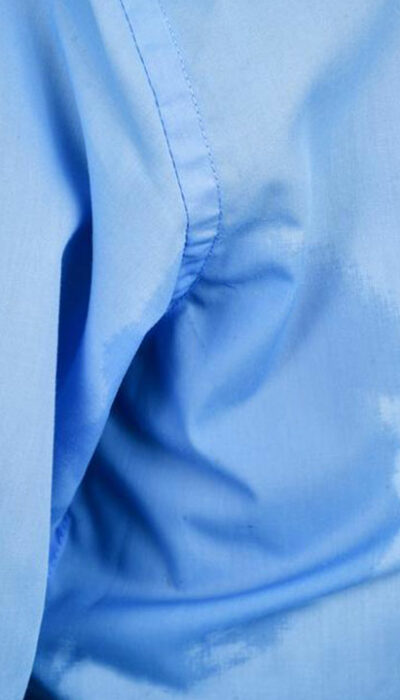
Know about the Best Gout Medicines Available
Gout is an acute inflammatory type of arthritis. Gout attacks are chronic painful reddish inflammation and tenderness of the joints. The most commonly affected joint is that of the big toe which affects over 50% of the patients. Other commonly affected joints are the elbows, knees, fingers, and toes. Gout is caused by a deposition of uric acid crystals in the bone joints. Uric acid is formed by the natural breakdown of waste material in the body. In normal situations, the kidneys clear out the uric acid produced in the body. In gout, the uric acid is not cleared completely or not cleared out fast enough. Gout can evolve into a chronic condition with recurrent attacks over time. Gout was once called the king’s disease or the rich man’s disease since it was associated with a lavish lifestyle and excessively rich diets. Gout is most common in older men who consume a lot of meat, seafood, and alcohol. Gout: how does it start? The primary cause of gout is elevated levels of uric acid in the blood. This uric acid forms crystals that deposit around bones, joints, tendons, and cartilage. The depositions cause inflammation and pain. Over time, uric acid deposits can also cause bone erosion. Gout attacks can start in many ways, but the usual course is a sudden onset of inflammation and redness in the night followed by intense pain in a few hours. This attack can last for days or weeks before subsiding. There may be associated symptoms of fever, fatigue, and insomnia. Lifestyle factors like a high-protein diet and high alcohol consumption are contributing factors. Red meat, seafood, shellfish, beer, etc. are primary stressors for gout attacks. Genetics also plays an important contributing factor. Treatment: best Gout medicine The best approach to gout treatment is a two-pronged approach:
